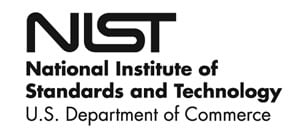RSS Feed Source: Academic Keys
Job ID: 260446
Postdoc position onWireless Communications for Sensor Systems
University of North Texas Job Categories Post-Doc
Academic Fields Electrical and/or Electronics
Position Description:
We invite applications for a Postdoctoral Research Associate position focused on wireless communications for sensor systems. The successful candidate will contribute to the design, development, and optimization of wireless communication modules for next-generation smart sensor platforms, targeting applications in harsh or remote environments.
Key Responsibilities:
-
Design and implement
Click this link to continue reading the article on the source website.


